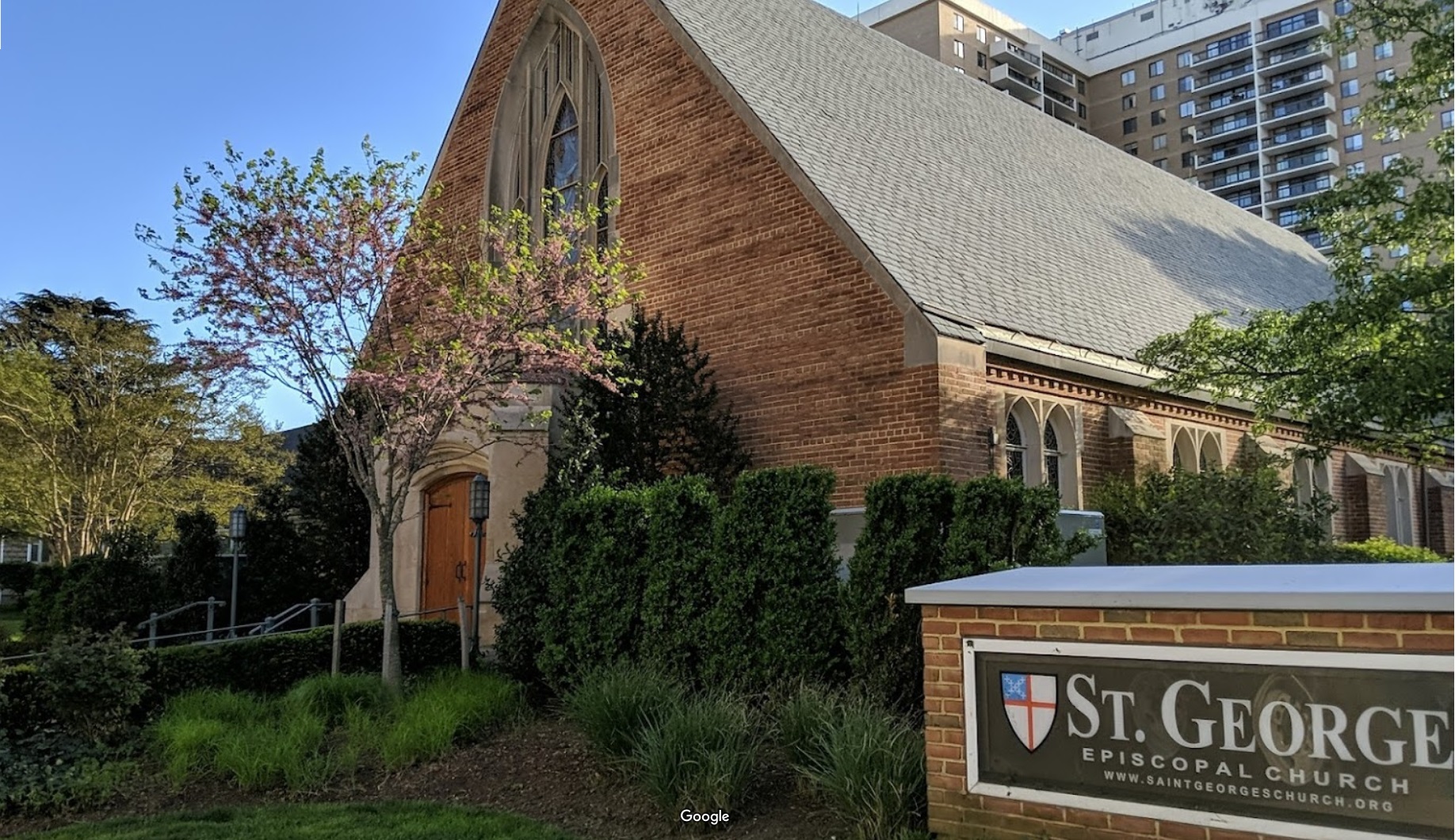REVOLUTION! Music from Times or Rebellion
St. George's Episcopal Church
915 N Oakland Street
Arlington, VA 22203
United States
Faculty:
Tuition:
$250
Work Study Tuition:
$125

AEM's Spring Break Workshop! Join us for an exciting weekend of classes for recorders, viols, lutes, and singers at St. George's Episcopal Church, in Arlington, VA. Saturday & Sunday, April 11 -12, 2026.
REVOLUTION! Music from Times of Rebellion
Political and civil upheavals have always shaped music and art, inspiring works that reflect resilience, struggle, and the human spirit at its most intense.
Musicians across Europe lived through—and responded to—eras of conflict and transformation. In England, composers such as William Lawes, Matthew Locke and Thomas Tomkins wrote during and after the turmoil of the Civil War. In Germany, Ludwig Senfl and Heinrich Isaac witnessed the changes of the Reformation, while Samuel Scheidt persevered amid the devastation of the Thirty Years’ War. Franco-Flemish masters like Pierre de Manchicourt and later Jan Pieterszoon Sweelinck navigated the complexities of Spanish rule and rebellion in the Low Countries. In France, Claude Le Jeune, a Huguenot composer, created enduring works during the fierce religious conflicts of the late 16th century.
Recorder Classes with Rainer Beckmann, Letitia Berlin, Frances Blaker, and Wendy Powers
Classes for Viol with Sarah Cunningham and Amy Domingues
Choral Workshop with Richard Robbins and accompanist. Repertoire tba
Lute Ensemble Program with Christopher Morrongiello and Mark Rimple
Workshop COVID-19 testing policy tbd. Please plan to take an at-home COVID test on Friday morning before the workshop. If you have been ill with flu, RSV, Covid-19, or other respiratory illness, please do not attend the workshop unless you have been symptom-free for 24 hours before the workshop. If you must cancel due to illness your tuition will be refunded.
Image above: detail from a painting by Rachel Ruysch (1664-1750)
Spring Break Classes
Workshop Schedule
| Saturday, April 11, 2026 | |
|---|---|
| 9:30 - 10:45 am | Early Morning Class |
| 11:15 am - 12:30 pm | Late Morning Class |
| 12:30 - 2:00 pm | Lunch break |
| 2:00 - 3:15 pm | Early Afternoon Class |
| 3:30 - 4:45 pm | Late Afternoon Class |
| 5:30 pm | Workshop Faculty Concert |
| Sunday, April 12, 2026 | |
|---|---|
| No Morning Classes | |
| 1:00 - 2:15 pm | Early Afternoon Class |
| 2:45 - 4:00 pm | Late Afternoon Class |
| 4:30 - 5:30 pm | All-workshop Session - Tutti! |
Workshop Registration
Location

